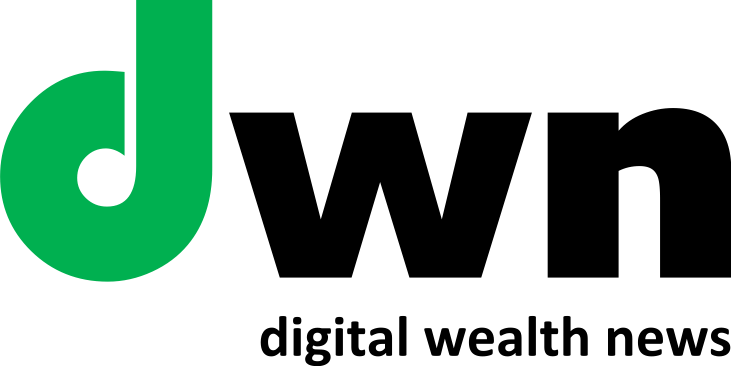The global cryptocurrency market is large and growing thanks to a loyal fan base, impressive, if volatile, performance and a financial services establishment that grows more accepting every day. However, challenges persist: Crypto is a non-traditional asset that some owners prefer to hold in a non-traditional way, wanting to manage, store and transact their crypto assets on a digital ledger or blockchain instead of using the services of a traditional custodian.
These “onchain” investors who, like most individuals, might benefit from the guidance of a financial professional could not do so within a traditional advice framework unless they moved their crypto assets offchain: a deal breaker for many who refuse to forfeit self-custody. Such investors and the financial professionals eager to serve them were like two ships passing in the night.
Enter L1 Advisors, a Miami-based provider of Separately Managed Account (SMA) investment management solutions that align RIA firms with crypto investors who self-custody their assets. The firm currently serves RIAs, family offices, hedge funds and investors to track over $1 billion in crypto assets.
Digital Wealth News caught up with L1 Co-Founder and CEO Miguel Kudry to learn more about his firm and why its services are in demand in the current investing environment.
Digital Wealth News: In the crypto space, what does self-custody look like, why is it important, and why is it more strategically advantageous than third-party custody?
Miguel Kudry: Self-custody gives investors full control over their assets, allowing them to grant read-only or discretionary access without handing over their keys or custody. Traditionally, investors must transfer custody for advisors to manage their portfolios. With self-custody, they can enable financial professionals to provide recommendations or actively manage assets within set permissions. For advisors, this reduces custody costs, simplifies compliance, and frees up more time to focus on clients.
DWN: How will the proliferation of self-custody play a role in the broader adoption of crypto and other digital assets by wealth management platforms and retail investors?
MK: Younger investors, particularly millennials and Gen Z, are highly self-directed and expect their assets to be as connected and accessible as their digital lives. This often makes cryptocurrency the go-to asset class for these investors to start their investing journey. As the $70-trillion generational wealth transfer unfolds, next-gen investors will demand the same experience and accessibility from other asset classes. This shift will accelerate the move to tokenize all assets to bring them onchain, fundamentally reshaping how financial professionals manage wealth.
DWN: L1 has built the operating system for onchain wealth and asset management. What does this mean for financial advisors and the investors they serve?
MK: As the landscape of wealth and asset management shifts to cater to a younger, next-gen investor base, we aim to serve financial professionals on their journey to serve these clients. While crypto today represents low single-digit percentages of a typical firm’s assets under management (AUM), we expect that share to grow exponentially over the coming years. So, we are focused on helping financial professionals grow into this new reality with the tools to engage these investors and their assets where they are, leveraging the efficiency, scalability and accessibility of onchain or crypto rails.
DWN: L1 has introduced onchain SMAs (Separately Managed Accounts). What are the benefits when compared to traditional SMAs?
MK: SMAs have exploded in popularity over the last few decades. Because of crypto rails, onchain SMAs take these investment wrappers to a whole new level. Onchain SMAs can hold any crypto or tokenized asset. They also grant discretionary abilities to an investment manager while the client remains in custody, meaning the client can access or withdraw funds at any time. Onchain SMAs can also generate yield, as decentralized finance (DeFi) protocols enable anyone to lend, stake, or even become a market maker. Through L1 and with our new onchain SMA wrapper, financial professionals are now able to allocate to hedge-fund-grade strategies or build their own asset allocation strategies.
DWN: Do you find your offerings resonating especially well with younger advisors and next-gen clients? If so, how is this influencing older advisors and older clients?
MK: We are seeing a whole new breed of advisors launching firms to serve this generation of crypto-native, or crypto-forward clients. Many of these next-gen clients made all their wealth onchain, but there is also a lot of more established wealth moving onchain that is now seeking crypto-native support and advisory. While the latter group typically starts with a small portion of their portfolio, they often hold or expand their positions as they discover new opportunities in the space. We expect more advisors to continue to get more questions from older clients about crypto, beyond what’s available to them traditionally, like through exchange-traded funds (ETFs).







